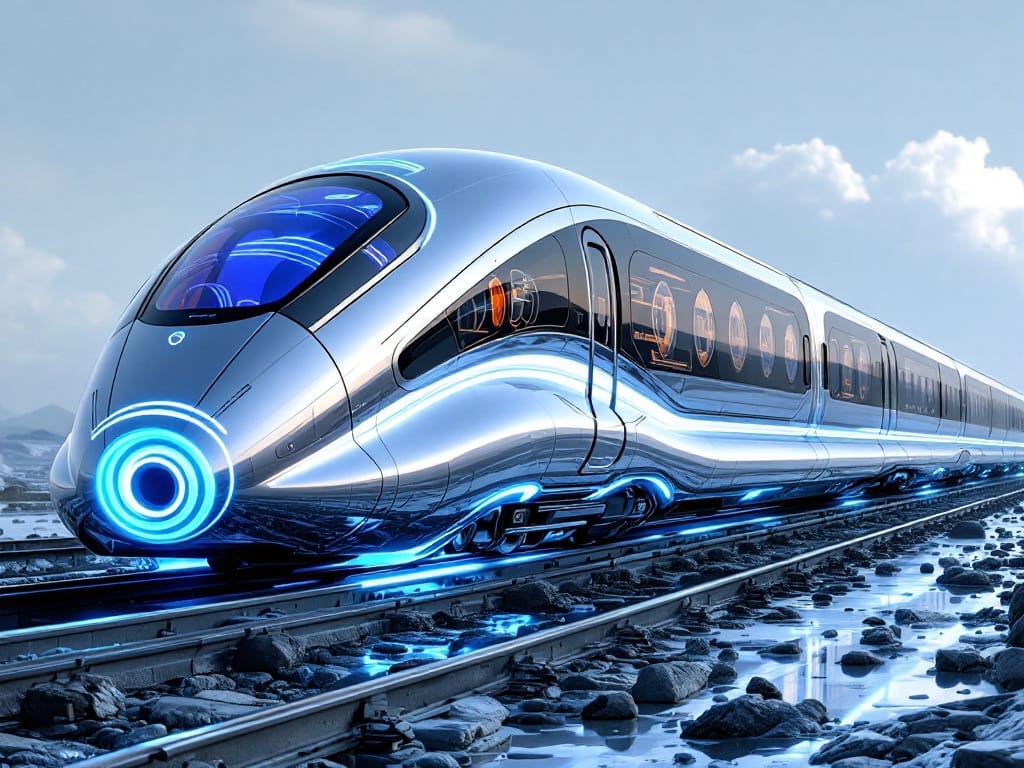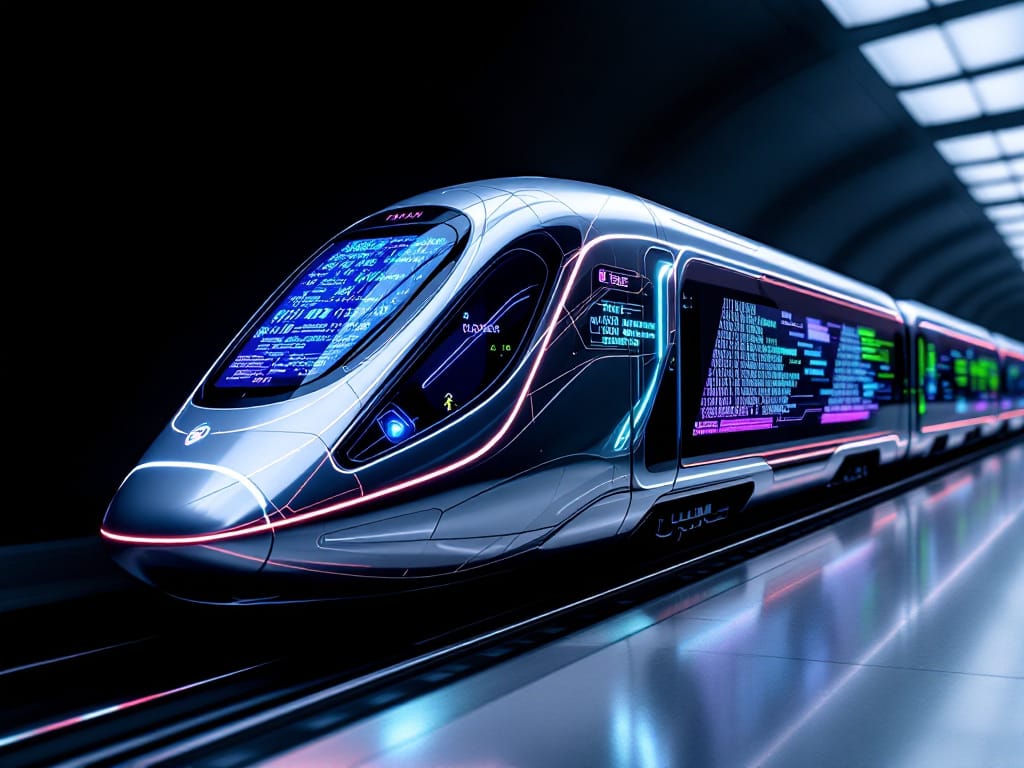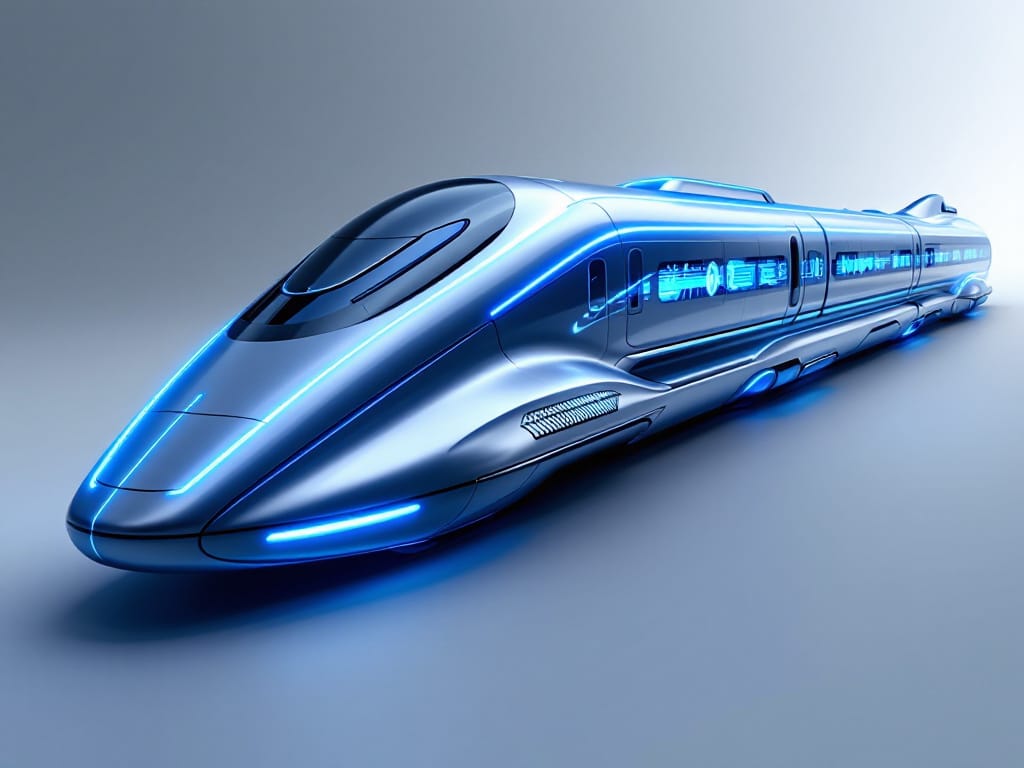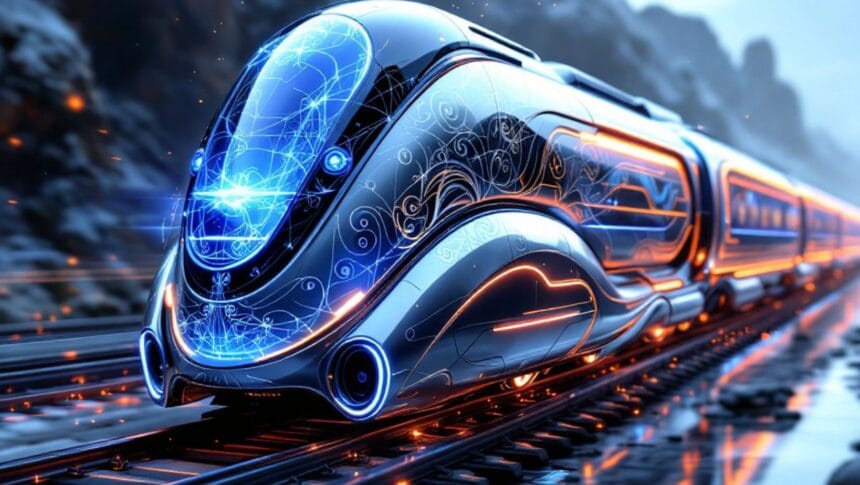Innovative Train
In transportation, innovation has always played a crucial role in shaping how we move from one place to another. Among the latest advancements, Innovative Train is revolutionizing how we perceive rail travel. From cutting-edge technology to sustainable practices, the new era of trains is redefining efficiency, comfort, and environmental responsibility. This article explores the fascinating world of innovative trains, their features, benefits, and their transformative impact on society.

The Evolution of Train Technology
Trains have come a long way since the early days of steam-powered locomotives. Over the decades, advancements in engineering, design, and technology have transformed trains into high-speed, Eco-friendly, and highly efficient modes of transport. Let’s take a look at some key milestones in train innovation:
1. Steam Engines
The invention of the steam engine in the 19th century marked the beginning of modern rail transport. It was a game-changer, enabling faster and more reliable travel.
2. Electric Trains
The transition to electric trains brought significant improvements in speed, efficiency, and environmental impact, reducing reliance on fossil fuels.
3. High-Speed Trains
Japan’s Shinkansen, or “bullet train,” introduced the world to high-speed rail travel, setting a benchmark for speed and precision.
4. Maglev Trains
Magnetic levitation (Maglev) trains, such as those in China and Japan, utilize magnetic forces to achieve unprecedented speeds while reducing friction and noise.
Features of Innovative Trains

Today’s innovative trains incorporate cutting-edge technologies and designs to enhance the passenger experience, improve efficiency, and minimize environmental impact. Here are some standout features:
1. High-Speed Capabilities
Modern trains like the TGV in France and the Fuxing in China reach speeds of up to 350 km/h, drastically reducing travel time between cities.
2. Energy Efficiency
Innovative trains are designed to use energy more efficiently. Features such as regenerative braking and lightweight materials contribute to lower energy consumption.
3. Smart Technology Integration
From real-time tracking to Wi-Fi connectivity and automated systems, smart technology is transforming how passengers interact with trains.
4. Eco-Friendly Design
Many new trains are powered by renewable energy sources, such as solar or wind, and are built with recyclable materials to reduce their carbon footprint.
5. Enhanced Passenger Comfort
Spacious seating, noise reduction technologies, and advanced climate control systems ensure a comfortable journey for passengers.
Benefits of Innovative Trains
The adoption of innovative trains offers numerous benefits to individuals, communities, and the planet. Here are some of the most notable advantages:
1. Faster Travel Times
High-speed trains significantly cut down on travel times, making them a competitive alternative to air travel for medium-distance routes.
2. Reduced Traffic Congestion
By encouraging more people to use rail transport, innovative trains help alleviate traffic congestion in urban areas.
3. Lower Environmental Impact
Trains produce fewer greenhouse gas emissions per passenger-kilometer compared to cars and planes, making them a greener choice.
4. Economic Growth
Efficient rail networks promote economic growth by improving connectivity between cities and regions.
5. Improved Safety
Modern trains are equipped with advanced safety systems, such as automated braking and collision avoidance technologies, reducing the risk of accidents.
Innovative Train Projects Around the World

Several countries are at the forefront of train innovation, implementing ambitious projects that showcase the potential of modern rail technology. Here are a few examples:
1. Hyperloop (USA)
The Hyperloop concept, spearheaded by companies like Virgin Hyperloop and Elon Musk’s The Boring Company, aims to transport passengers in vacuum-sealed pods at speeds exceeding 1,000 km/h.
2. Shinkansen ALFA-X (Japan)
Japan continues to lead in high-speed rail with the ALFA-X, a prototype capable of reaching speeds up to 400 km/h.
3. Maglev Trains (China)
China’s Maglev trains are pushing the boundaries of speed and efficiency, with plans for trains that can exceed 600 km/h.
4. Solar-Powered Trains (India)
India has introduced trains powered by solar panels installed on their rooftops, reducing reliance on traditional energy sources.
5. Hydrogen Trains (Germany)
Germany’s Coradia iLint is the world’s first hydrogen-powered passenger train, offering a zero-emission alternative to diesel trains.
Challenges and Future Prospects
While the advancements in train technology are impressive, there are challenges to overcome. High costs, infrastructure development, and public acceptance are some of the hurdles. However, the future of innovative trains looks promising, with ongoing research and development addressing these issues.
1. Cost and Infrastructure
Building and maintaining high-speed rail networks require significant investment. Governments and private sectors must collaborate to fund these projects.
2. Integration with Existing Systems
Ensuring seamless integration with current transportation networks is essential for maximizing the benefits of innovative trains.
3. Public Awareness
Educating the public about the advantages of modern trains can encourage wider adoption and support for new projects.
4. Sustainability Goals
Continued focus on sustainability will drive the development of even greener train technologies, such as fully electric and hydrogen-powered models.
Conclusion
Innovative trains represent a leap forward in the evolution of transportation. By combining speed, efficiency, and sustainability, they offer a compelling solution to the challenges of modern travel. As countries invest in cutting-edge rail projects, the future of rail transport looks brighter than ever. Whether it’s reducing carbon emissions, improving connectivity, or enhancing passenger comfort, innovative trains are poised to play a pivotal role in shaping the future of mobility.
Read More: The Future of Smart Speed Bump
Read More: High-Performance Concrete Build Business Case Value
